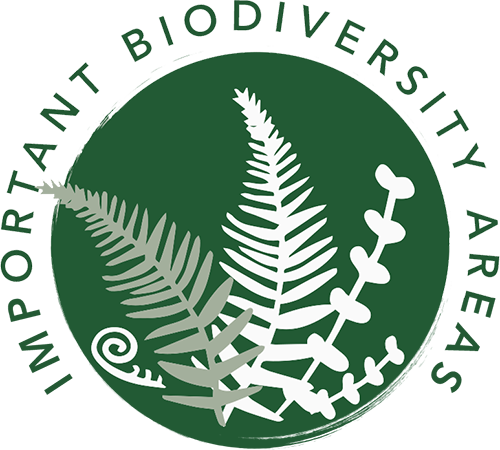
State-wide Outcome
By 2050, actions have been implemented that reduce threats to the natural values of Tasmania’s important biodiversity areas.
Regional context
The prioritisation process utilised at the regional level for this Strategy has identified the Tasmanian Wilderness World Heritage Area (TWWHA) as the highest
importance biodiversity area in the region.
The TWWHA is one of the largest protected areas in Australia, covering more than a million hectares. It constitutes one of the last expanses of intact temperate rainforest in the world. The property is inscribed on the World Heritage List for four natural and three cultural criteria. These criteria include outstanding values relating to records of the Earth’s evolutionary history, outstanding geological processes, superlative natural phenomena, significant habitats and an outstanding example of traditional human settlement.
Key Biodiversity Areas (KBAs) have been mapped in north-west Tasmania, in partnership with Birdlife Australia, as part of an international standard in identifying globally important sites for conservation of biodiversity.
The region has 11 KBAs based upon avian biodiversity values and a further 20 identified from other taxa. These areas provide an opportunity to work with our partners and community to deliver conservation actions to protect some of the most important places for the region’s wildlife, while also supporting global UN sustainable development goals. As well as large properties like the TWWHA and major national parks, the region’s conservation estate also consists of many small reserves. If managed appropriately, these can provide a significant contribution to conservation outcomes by supporting important habitat, improving landscape connectivity and building resilience to emerging threats. Small reserves are also a valuable resource to engage local communities and encourage participation in natural resource management activities.
